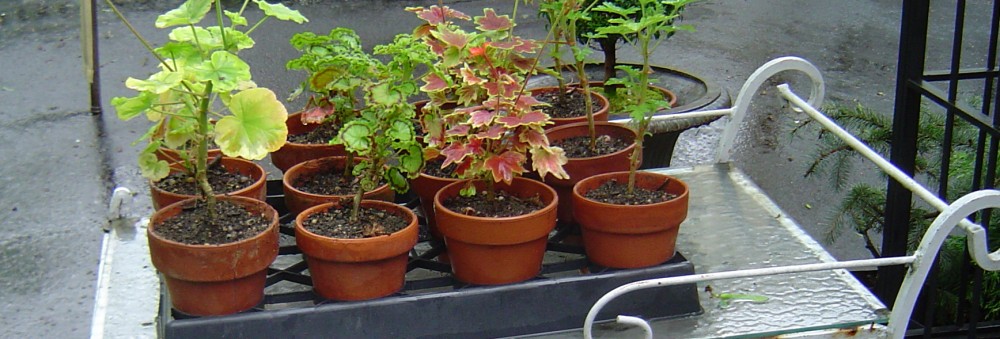There’s a new baby girl in my life. Please meet little Beejal – the Sanskrit word ‘Beeja’ means ‘seed’. The name Beejal is described as symbolizing creativity and adaptability, reflecting an innovative spirit. The connection to the word Beeja suggests themes of growth, potential and, new beginnings. Traditionally it is a name assigned to a male but, I’m applying it to my new baby girl from the Nilgiri Hills in southern India. Beejal is a member of a herd of elephants making its way across the globe and currently marching across the United States.
The Great Elephant Migration is a project with all the hallmarks of a message that transcends all geopolitical differences and unifies the world and all its residents to inform, educate and take positive action towards conservation, coexistence and community. You can read much more about it here.
Here’s a quick account. The Lantana plant, a member of the verbena family, is native to tropical regions of Central and South America. Vibrantly colored flowers attract pollinators, does well in a variety of climates, grows rapidly, drought tolerant and low maintenance, it has long been a garden favorite everywhere. Unfortunately, it has been way too happy in certain swathes of the world where the climate has encouraged it to thrive so well that it has become hugely invasive. To the point that it has completely out-competed other native plants. Lantana has literally taken over entire landscapes. Furthermore, it is completely toxic thus depriving animals of their typical native, nutrient rich plants. This problem cannot be overstated. An animal like the elephant, a keystone species, must consume a vast quantity of vegetation daily is dangerously impacted. Forced to seek food elsewhere, they must venture beyond their traditional terrain and this has often meant cultivated fields and consequently resulted in perilous conflicts with humans.
A story like this covers the importance of growing native plants, monitoring invasive and/or non-native species, the value of living in co-existence with all creatures respecting each others space and needs, conserving resources and, in the final analysis, each living member of this planet is an integral part of the global community.
The Great Elephant Migration was conceived to visually illustrate this overarching problem to the world, Using lantana stems, artisans of the indigenous people of the Nilgiris create sculptures of the elephants amongst whom they live. Each lantana elephant is created in the likeness of a real one. A herd of a 100 such pachyderms has been tasked with spreading this important message to the human world. All the monies raised goes not only towards paying the artisans but is also shared by numerous conservation organizations worldwide.
I first learned of this wonderful project about a year and a half ago. It is one that resonates with me deeply and at so many levels. And there’s one additional fact that strikes me very personally, right into my heart – my father grew up in the Nilgiris. The need to attach myself to this amazing effort was unquestionable. I’ve spent my whole life getting involved in many important causes but the pull of this particular one was as strong as well, a herd of elephants! I therefore made the decision to ‘adopt’ a baby elephant. Knowing the proceeds will achieve so much good gives me immense joy. Plus, I have myself one irresistible and adorably rotund baby elephant in my garden.
Win-win-win all around.
P.S. I hope you will be moved to support this wonderful cause in any way you can.
Introducing Beejal! –















(c) 2025 Shobha Vanchiswar
[do_widget “Blog Subscriptions (Jetpack)”]

































































































































































